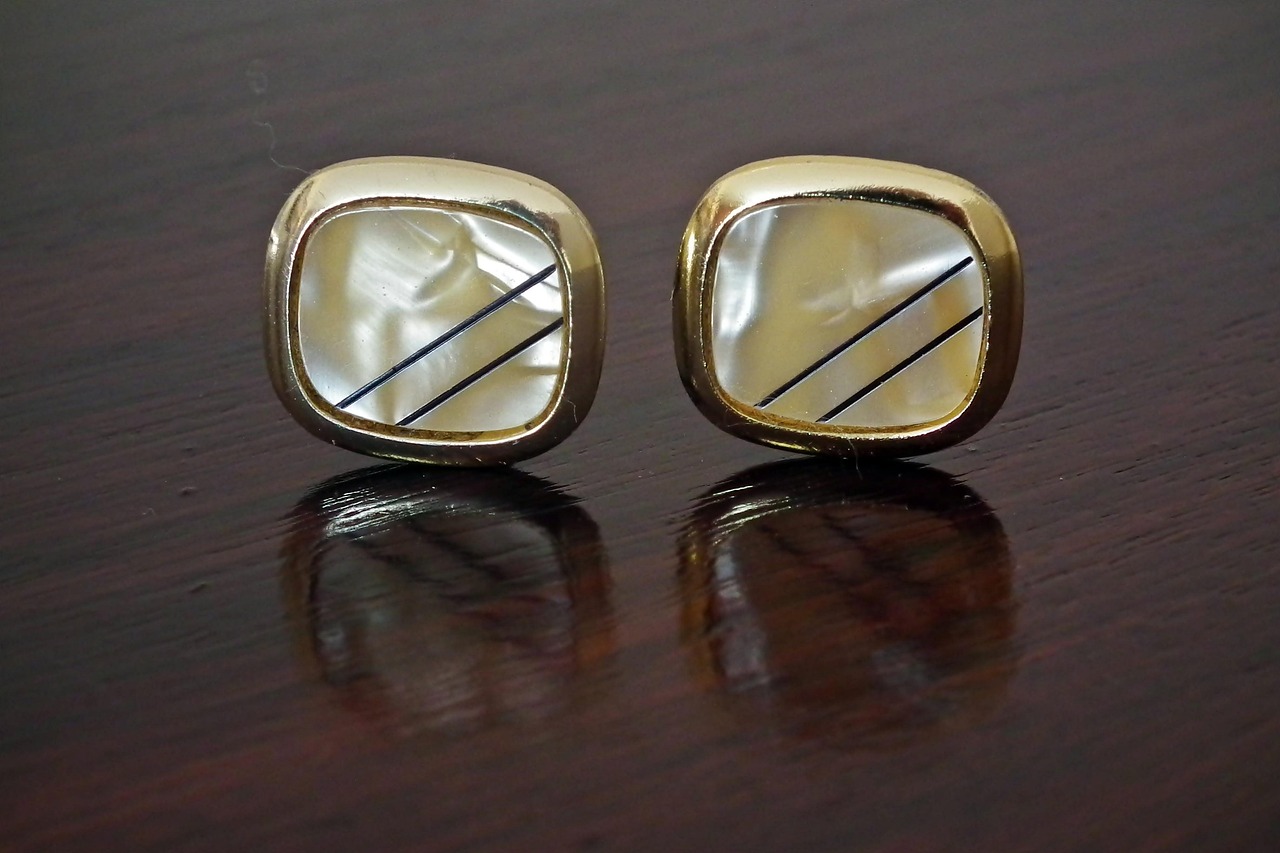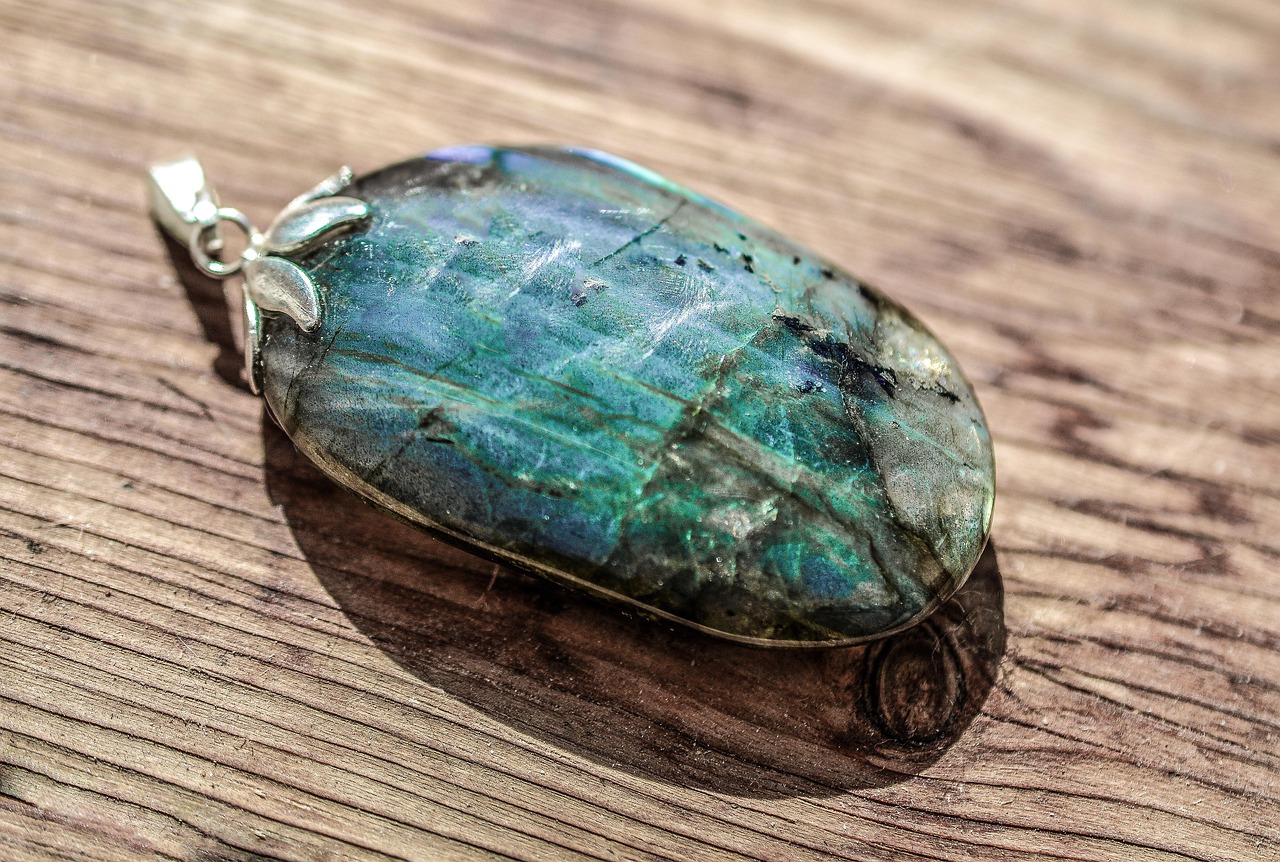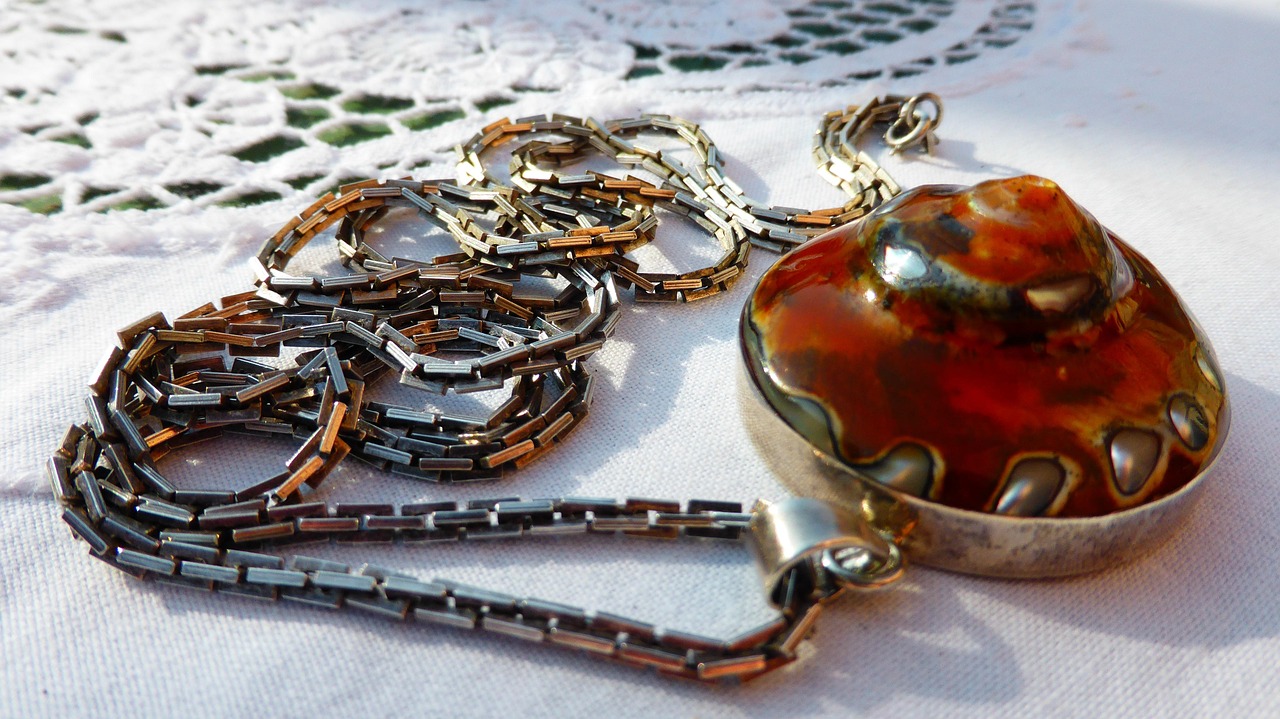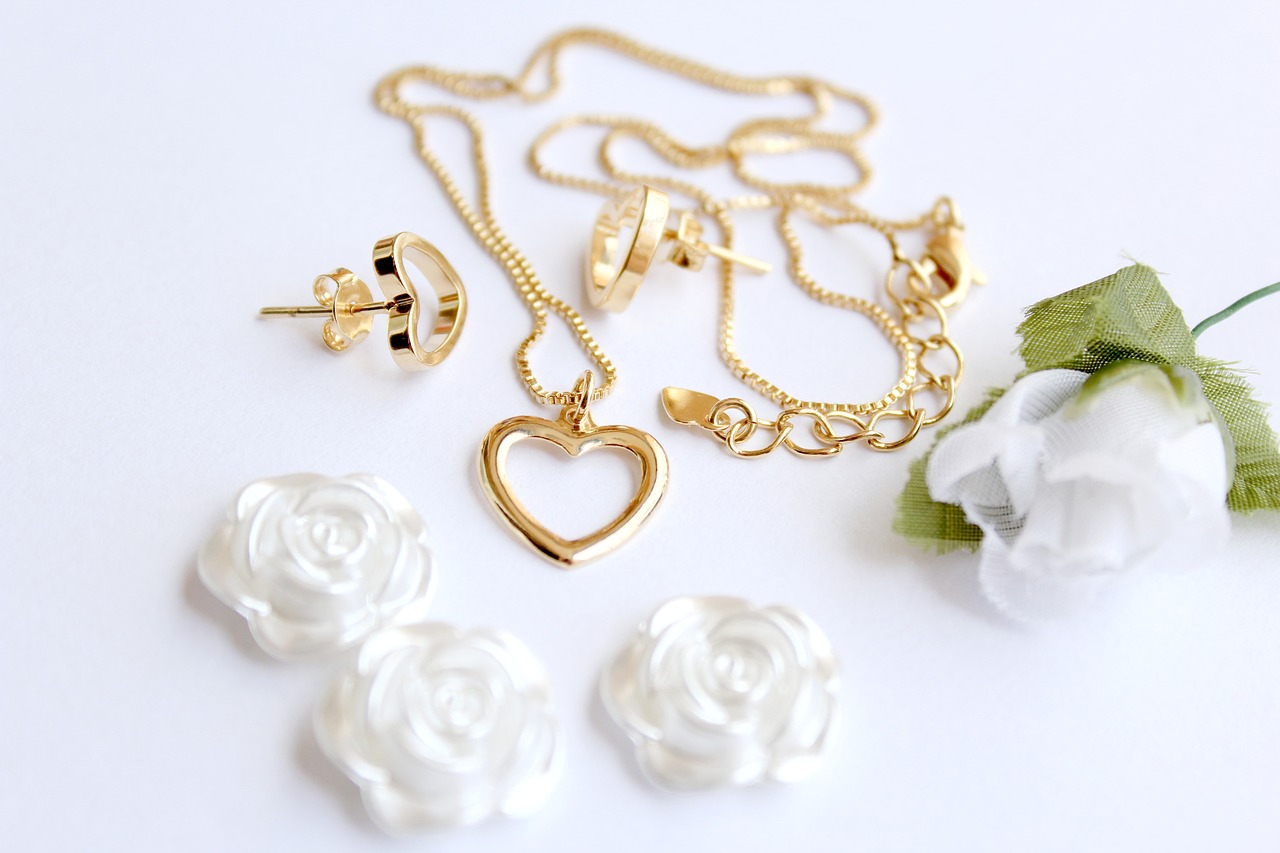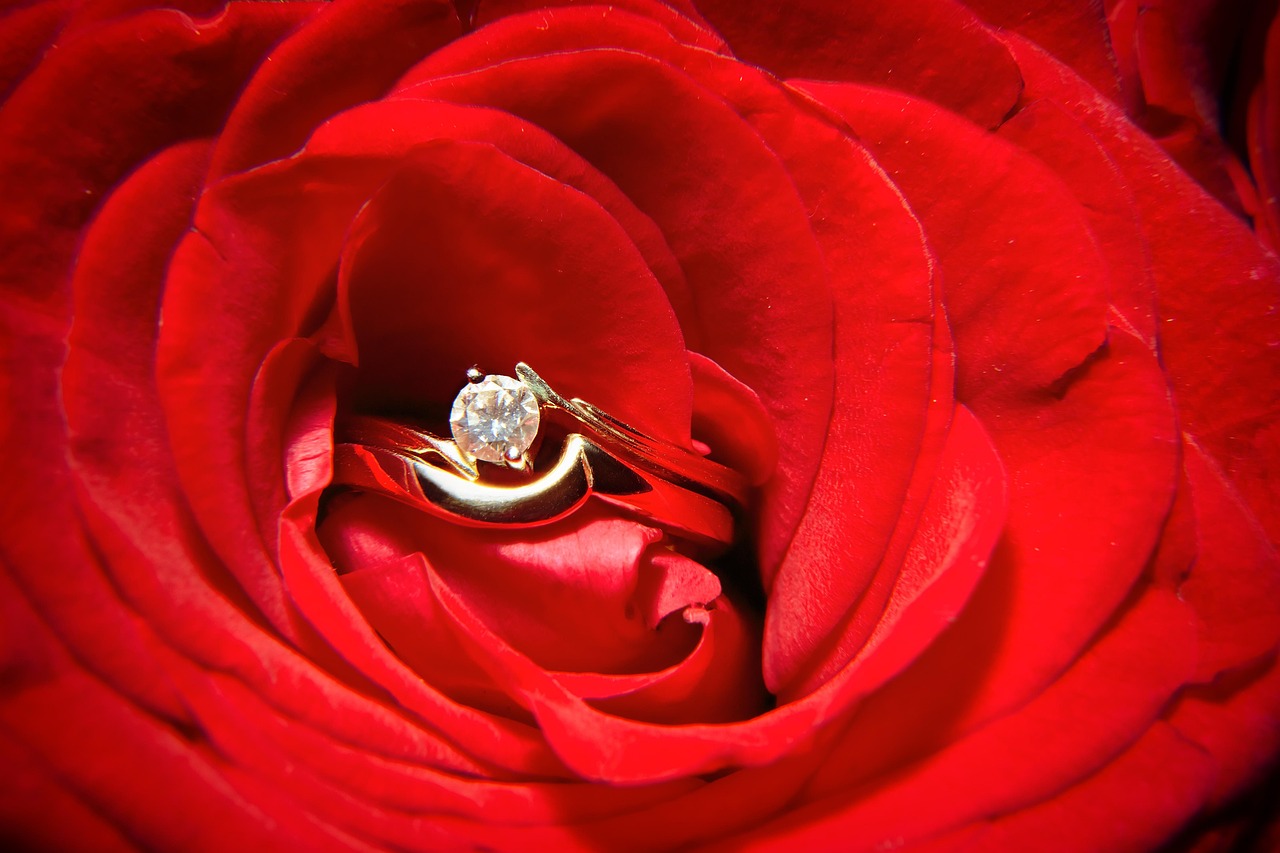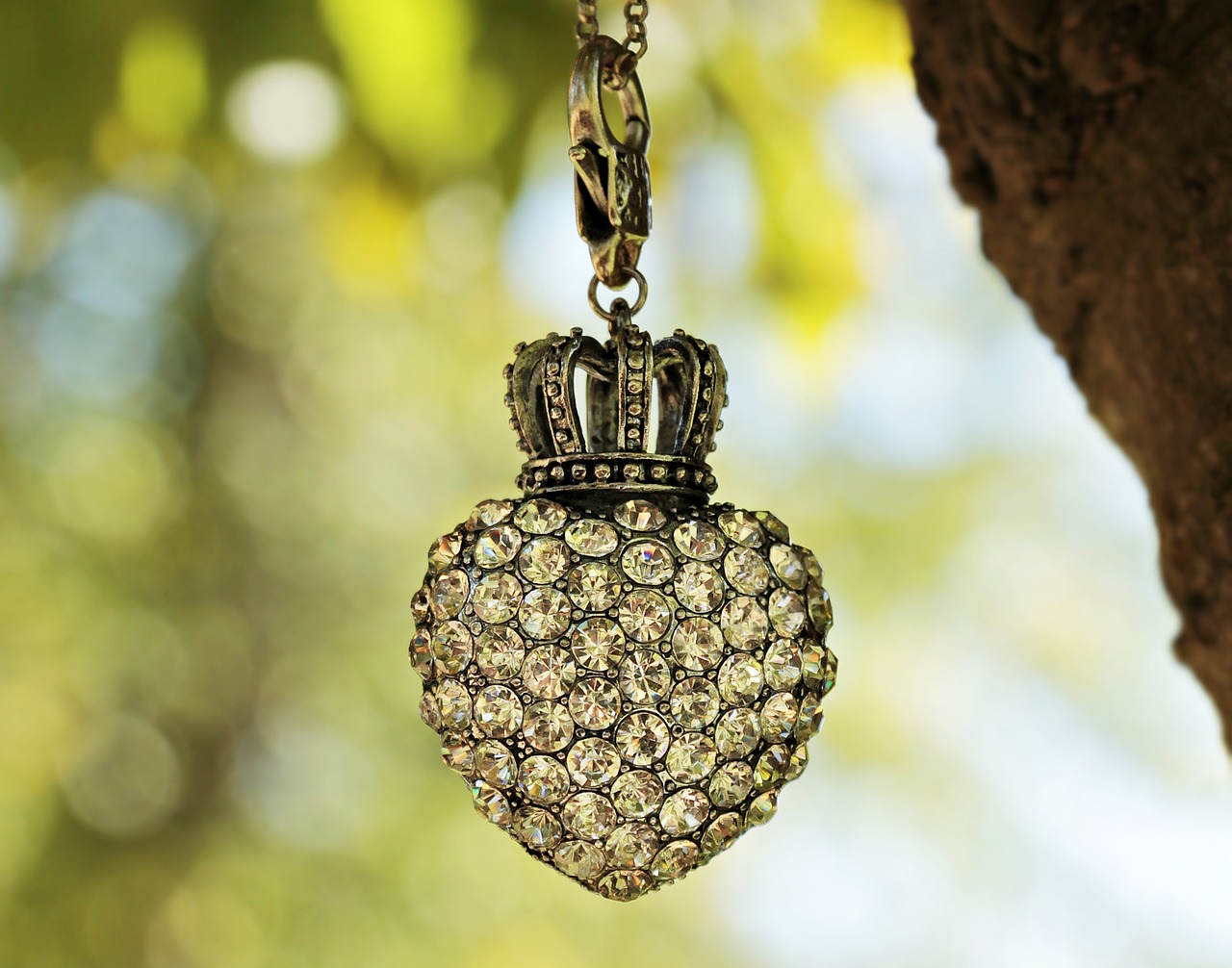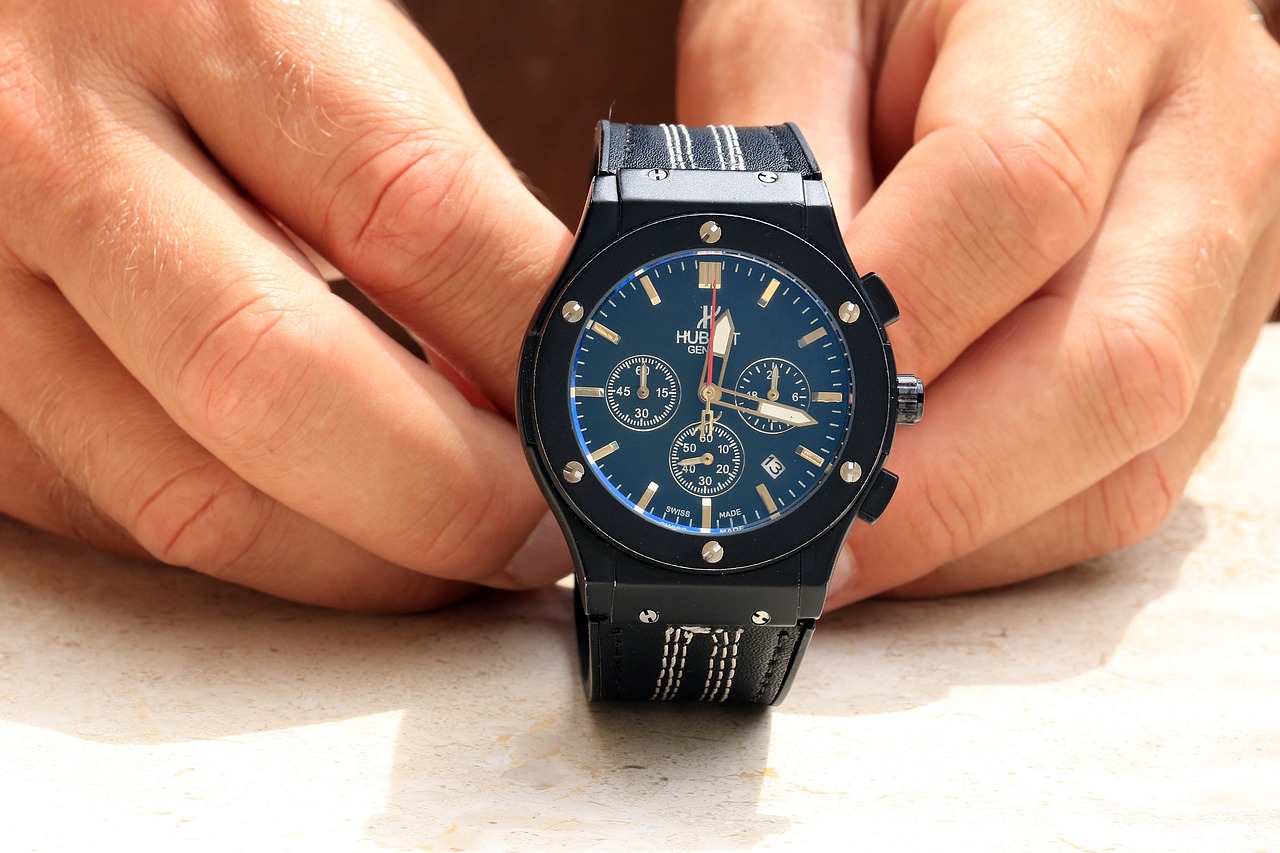This article explores the differences between gold and silver jewelry, helping you make an informed choice based on style, durability, and personal preference.
What Are the Key Differences Between Gold and Silver Jewelry?
Understanding the fundamental differences between gold and silver jewelry is essential for making an informed purchase. Both metals possess unique characteristics that cater to various tastes and occasions.
What Are the Benefits of Gold Jewelry?
- Durability: Gold jewelry is renowned for its durability. Higher karat gold, in particular, resists wear and tear, making it suitable for everyday use.
- Hypoallergenic Properties: Gold is less likely to cause allergic reactions, especially in its purer forms, making it a safe choice for sensitive skin.
- Timeless Appeal: Gold has been valued for centuries, symbolizing wealth and status. Its classic look complements a variety of styles.
Is Gold Jewelry More Durable Than Silver?
Yes, gold is generally more durable than silver, particularly when considering higher karat options. Its resistance to tarnishing and corrosion makes it a popular choice for those seeking long-lasting jewelry.
How Does Gold’s Value Compare to Silver?
The value of gold typically surpasses that of silver due to its rarity and high demand in various markets. Factors such as market trends and economic conditions significantly influence gold prices.
What Are the Benefits of Silver Jewelry?
- Affordability: Silver jewelry is often more budget-friendly, allowing individuals to expand their collections without overspending.
- Versatility: The bright, shiny finish of silver makes it suitable for a wide range of styles, from casual to formal.
Is Silver Jewelry More Affordable Than Gold?
Indeed, silver jewelry is generally more affordable than gold, making it an excellent option for those looking to enhance their jewelry collection economically.
How Does Silver’s Appearance Differ from Gold?
Silver boasts a bright, shiny finish that can enhance various outfits, while gold offers a warm, rich tone. The choice between the two often depends on personal style and the occasion.
How Do Allergies Affect Your Choice Between Gold and Silver?
Metal allergies can influence your jewelry choices significantly. Gold, especially in its higher purity forms, is hypoallergenic, while some silver jewelry may contain alloys that could cause reactions. It’s essential to consider these factors for a comfortable wearing experience.
Which Jewelry Metal Holds Its Value Better?
When investing in jewelry, it’s crucial to consider value retention. Gold jewelry typically holds its value better than silver due to its higher market demand and limited supply, making it a more stable investment.
What Are the Latest Trends in Gold and Silver Jewelry?
Fashion trends play a significant role in jewelry selection. Currently, minimalist designs in both gold and silver are gaining popularity, alongside mixed metal pieces that combine the two for a unique look. Staying updated on these trends can help you find jewelry that resonates with your personal style.
In summary, both gold and silver jewelry offer unique benefits and appeal. Your choice ultimately depends on your personal preferences, budget, and desired durability.
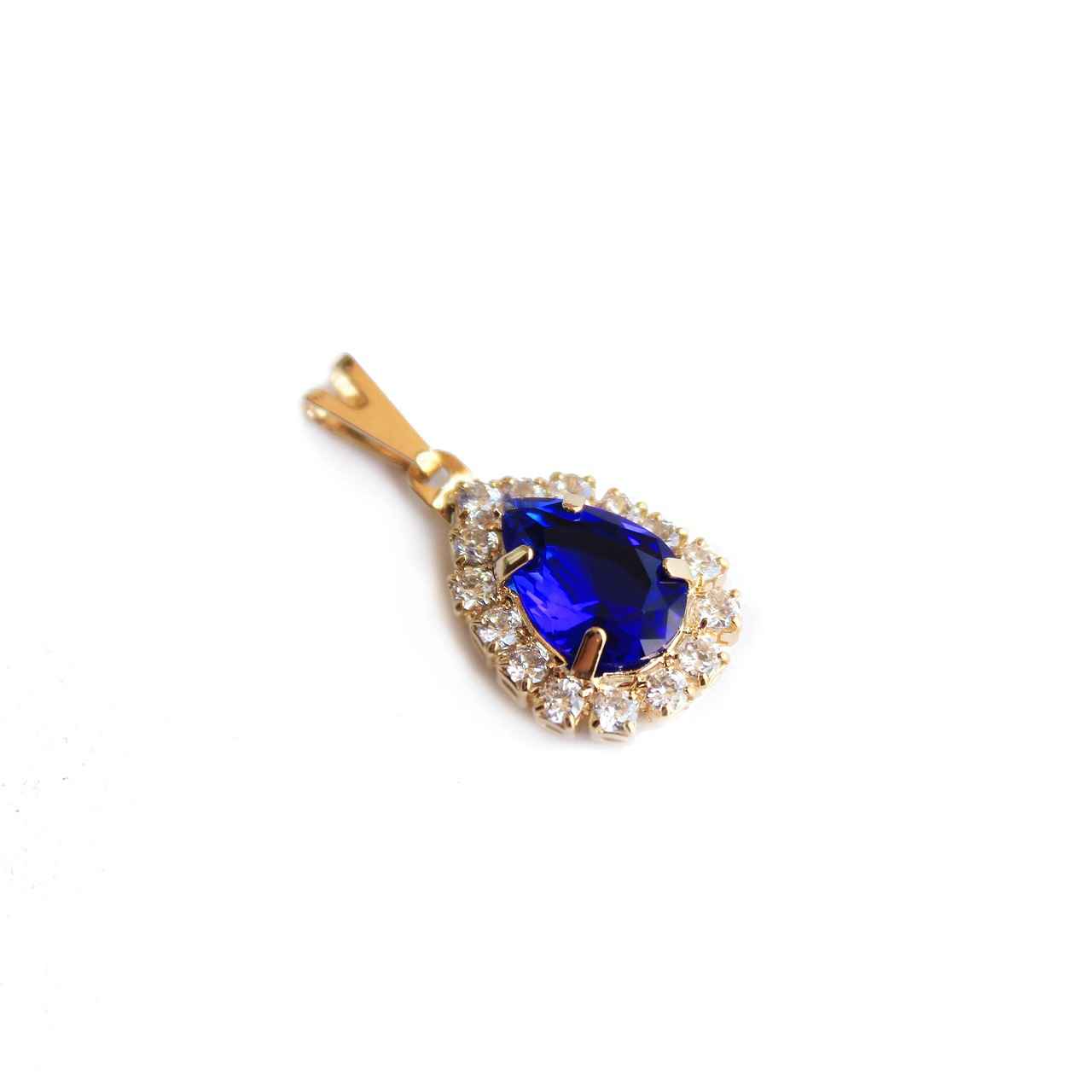
What Are the Key Differences Between Gold and Silver Jewelry?
When it comes to choosing jewelry, understanding the key differences between gold and silver is crucial for making an informed decision. Both metals possess distinct properties that cater to various tastes and occasions, making them popular choices in the world of accessories.
Gold and silver jewelry differs not only in appearance but also in durability, value, and care requirements. Here are some fundamental aspects to consider:
- Color and Luster: Gold is often associated with a warm, rich hue, while silver showcases a bright, shiny finish. These differences can significantly impact how each metal complements your style.
- Durability: Gold, especially in higher karats, is known for its resistance to tarnishing and scratching, making it a great choice for everyday wear. In contrast, silver is softer and more prone to scratches, requiring more frequent maintenance.
- Hypoallergenic Properties: Many individuals have sensitivities to certain metals. Gold, particularly higher karat options, is often hypoallergenic, while some silver alloys may contain nickel, which can cause allergic reactions.
- Value: Gold typically holds a higher value than silver due to its rarity and demand. This makes gold jewelry a more significant investment, while silver offers more affordable options for those on a budget.
Investing in jewelry extends beyond aesthetics; it involves understanding how each metal retains its value over time. Gold is often viewed as a safe-haven asset, especially during economic downturns. Its historical significance and finite supply contribute to its higher market value. On the other hand, silver, while less valuable, can still be a sound investment due to its industrial applications and growing demand.
Maintaining the beauty of your jewelry involves understanding how to care for each metal:
- Gold: Regular cleaning with a soft cloth and mild soap can keep gold jewelry looking pristine. Avoid harsh chemicals that may cause damage.
- Silver: To prevent tarnishing, store silver jewelry in a cool, dry place, ideally in an anti-tarnish pouch. Regular polishing with a silver cloth can help maintain its shine.
Your choice between gold and silver jewelry may ultimately depend on your personal style and the occasions you are dressing for. Gold jewelry can add a touch of elegance and sophistication, making it ideal for formal events. In contrast, silver’s versatility allows it to complement casual outfits, making it suitable for everyday wear.
Fashion trends play a significant role in jewelry selection. Currently, layering different metals is in vogue, allowing individuals to mix gold and silver pieces for a unique look. Staying updated on the latest styles can help you find pieces that resonate with your personal taste while embracing current trends.
In conclusion, understanding the key differences between gold and silver jewelry can significantly enhance your purchasing decisions. Whether you prefer the timeless appeal of gold or the affordability and versatility of silver, both metals offer unique benefits that cater to various preferences and occasions.

What Are the Benefits of Gold Jewelry?
Gold jewelry has been cherished for centuries, and its popularity continues to endure. In this section, we will explore the numerous benefits of gold jewelry that make it a preferred choice for many individuals. From its durability to its aesthetic appeal, gold offers a unique combination of qualities that cater to various preferences and lifestyles.
One of the most significant advantages of gold jewelry is its durability. Unlike silver, which can tarnish over time, gold is resistant to corrosion and tarnishing. This means that gold jewelry can maintain its luster and beauty with minimal maintenance. Higher karat gold, such as 18K or 22K, offers even more strength and resilience, making it an excellent choice for everyday wear.
Another noteworthy benefit of gold jewelry is its hypoallergenic properties. For individuals with sensitive skin or allergies to certain metals, gold is a safe option. Pure gold, or 24K gold, contains no alloys that could cause irritation. Even lower karat gold, such as 14K or 18K, typically contains a small percentage of metals like copper or silver, which are less likely to trigger allergic reactions. This makes gold jewelry an ideal choice for those who want to avoid skin irritation.
The timeless appeal of gold jewelry is another reason why it remains a popular choice. Gold has been used for adornment throughout history, symbolizing wealth, power, and beauty. Its classic look complements a wide range of styles, from traditional to modern. Whether it’s a simple gold band or an intricate gold necklace, these pieces can be worn on various occasions, making them versatile additions to any jewelry collection.
Gold jewelry is not only a beautiful accessory but also a wise investment. The value of gold tends to appreciate over time, making it a reliable option for those looking to invest in precious metals. Factors such as market demand, rarity, and economic conditions influence gold prices, but historically, gold has shown resilience, making it a sought-after asset.
Gold jewelry is renowned for its stunning visual appeal. Its warm tones can enhance any outfit, adding a touch of elegance and sophistication. Gold is available in various colors, including yellow, white, and rose gold, allowing individuals to choose pieces that best match their personal style. This versatility means that gold jewelry can be worn for both casual and formal occasions.
When comparing gold to other metals, such as silver or platinum, its unique properties stand out. Gold’s resistance to tarnishing and its hypoallergenic nature make it a superior choice for many. While silver is often more affordable, it requires more upkeep and may not be suitable for everyone due to potential allergies. In contrast, gold’s lasting beauty and durability make it a worthwhile investment for those who appreciate quality.
Staying updated on the latest trends can help you make informed choices when selecting gold jewelry. Current trends include layering gold necklaces, mixing different gold tones, and incorporating unique designs that reflect personal style. As fashion continues to evolve, gold jewelry remains a staple that can adapt to new trends while retaining its classic essence.
In summary, the benefits of gold jewelry are numerous and compelling. Its durability, hypoallergenic properties, timeless appeal, and investment potential make it a favored choice among jewelry enthusiasts. Whether you’re purchasing a piece for yourself or as a gift, gold jewelry is a beautiful and practical option that will stand the test of time.
Is Gold Jewelry More Durable Than Silver?
When it comes to choosing jewelry, one of the most critical factors to consider is durability. This is especially true for pieces intended for everyday wear. Among the various metals available, gold is often regarded as a superior option due to its remarkable properties. In this section, we will explore the question:
Gold jewelry, particularly in higher karats, is renowned for its durability. Unlike many other metals, gold does not tarnish easily, making it an excellent choice for those who desire jewelry that maintains its beauty over time. The higher the karat, the more pure gold is present in the alloy, leading to increased resistance against wear and tear. For instance, 18-karat gold consists of 75% gold, which contributes to its strength and resilience.
One of the most significant advantages of gold is its tarnish resistance. While silver jewelry can develop a dull patina due to oxidation, gold remains shiny and lustrous. This property is particularly beneficial for individuals who prefer to wear their jewelry daily without the hassle of frequent cleaning and maintenance. Additionally, gold’s hypoallergenic nature makes it suitable for those with sensitive skin, further enhancing its appeal.
In contrast, silver, while beautiful and affordable, is more prone to tarnishing and scratching. Silver jewelry requires regular polishing to maintain its shine, which can be a drawback for those who lead busy lifestyles. The softness of silver also makes it more susceptible to dents and scratches, especially in intricate designs.
Another factor to consider is the alloy composition of gold and silver jewelry. Gold is often alloyed with metals like copper or silver to enhance its strength, whereas sterling silver is typically 92.5% silver and 7.5% other metals, often copper. This composition can impact the overall durability of the pieces. For example, gold-filled jewelry, which has a thicker layer of gold, offers durability similar to solid gold, making it a viable option for those seeking a more affordable alternative without compromising on quality.
Moreover, gold’s resistance to corrosion extends its lifespan, making it a wise investment for those who view jewelry as not just adornment but also as a long-term asset. This characteristic is particularly essential for pieces that may be exposed to moisture or harsh environmental conditions.
In summary, when comparing gold and silver jewelry, gold stands out as the more durable option. Its resistance to tarnishing, hypoallergenic properties, and overall strength make it an ideal choice for everyday wear. While silver has its own set of advantages, including affordability and versatility, it does not match gold’s longevity and resilience. Therefore, if durability is a priority for you, investing in gold jewelry may be the best decision.
How Does Gold’s Value Compare to Silver?
The jewelry market is a vibrant and dynamic environment, where the value of different metals plays a crucial role in consumer choices. Among these metals, gold and silver stand out as the most popular options for jewelry. Understanding how gold’s value compares to silver is essential for anyone looking to invest in or purchase jewelry. This article delves into the factors that influence the price of gold jewelry and why it often surpasses silver.
The primary reason for gold’s higher value compared to silver lies in its rarity. Gold is significantly less abundant in the Earth’s crust, making it more precious. The demand for gold, particularly in industries such as electronics and dentistry, further elevates its status as a valuable metal.
- Market Demand: Gold jewelry is often sought after for its aesthetic appeal and investment potential. High demand can drive up prices.
- Global Economic Stability: During economic uncertainty, investors tend to flock to gold as a safe haven, increasing its price.
- Production Costs: The cost of mining and refining gold affects its market price. Higher production costs can lead to increased prices for consumers.
- Currency Strength: The value of the US dollar plays a significant role. A weaker dollar often results in higher gold prices.
The rarity of gold not only contributes to its price but also its allure. Gold has been revered throughout history, often regarded as a symbol of wealth and status. This historical significance adds to its desirability and market value.
Jewelry design can significantly impact the price of gold jewelry. Intricate designs and craftsmanship can elevate the perceived value, attracting consumers willing to pay a premium. Additionally, the karat of gold, which indicates its purity, also plays a crucial role. Higher karat gold, such as 18K or 24K, is more valuable due to its higher gold content.
When comparing gold and silver, it’s essential to note that gold typically maintains a price that is significantly higher than silver. For instance, as of recent market trends, the price of gold can be over 70 times that of silver. This stark contrast highlights the investment potential of gold, making it a preferred choice for many.
Economic trends, such as inflation and interest rates, directly influence gold prices. When inflation rises, the purchasing power of currency declines, prompting investors to turn to gold as a hedge. Similarly, lower interest rates make gold more appealing, as the opportunity cost of holding non-yielding assets decreases.
Market analysts often predict that gold prices will continue to rise due to ongoing economic uncertainties and geopolitical tensions. As global demand for gold increases, particularly from emerging markets, its value is likely to remain robust.
In conclusion, understanding the factors that influence gold’s value compared to silver is crucial for anyone interested in jewelry investment. From market demand to economic trends, several elements play a role in determining the price of gold jewelry. By considering these factors, consumers can make informed decisions that align with their personal style and investment goals.

What Are the Benefits of Silver Jewelry?
When it comes to jewelry, silver holds a special place in the hearts of many enthusiasts. Its unique combination of affordability and versatility makes it an attractive option for a wide range of consumers. In this section, we will explore the myriad benefits of silver jewelry that contribute to its enduring popularity.
One of the most significant advantages of silver jewelry is its affordability. Compared to gold, silver is generally more budget-friendly, allowing individuals to purchase multiple pieces without straining their finances. This affordability makes silver an excellent choice for those looking to expand their jewelry collections, experiment with different styles, or even gift jewelry without the hefty price tag.
Silver’s versatility is another reason it remains a favorite among jewelry lovers. It can be easily paired with various outfits, from casual wear to formal attire. Whether you prefer a minimalist look or something more elaborate, silver jewelry can complement your personal style effortlessly. Its neutral tone allows it to blend well with other metals and gemstones, making it a staple in many jewelry boxes.
Silver jewelry is known for its brilliant shine and luster. Unlike gold, which has a warmer hue, silver offers a cooler, more contemporary look that appeals to many. The reflective surface of silver can enhance the visual appeal of any outfit, drawing attention to the wearer without being overly flashy. This distinctive appearance makes silver a popular choice for both everyday wear and special occasions.
In today’s fashion landscape, silver jewelry is often at the forefront of trends. Its adaptability allows designers to create innovative pieces that resonate with modern aesthetics. From intricate designs to sleek, minimalist styles, silver jewelry can cater to diverse tastes. The ongoing popularity of silver in fashion means that there are always new styles to explore, ensuring that your collection can evolve with the times.
- Durability: Silver is a durable metal that can withstand daily wear, making it suitable for various types of jewelry, including rings, bracelets, and necklaces.
- Hypoallergenic Properties: Many people with sensitive skin find that silver jewelry does not cause irritation, making it a safe choice for those prone to allergic reactions.
- Easy Maintenance: While silver can tarnish over time, it is relatively easy to clean and restore its shine with simple polishing cloths or specialized cleaners.
While silver may not hold its value as robustly as gold, it still represents a valuable investment for those looking to diversify their jewelry collection. The price of silver can fluctuate based on market demand, making it a potential asset for collectors. Additionally, well-crafted silver pieces can appreciate in value, especially if they are from renowned designers or brands.
In summary, silver jewelry offers a combination of affordability, versatility, and aesthetic appeal that makes it a beloved choice for many. Its unique qualities allow it to fit seamlessly into any wardrobe, while its practical benefits enhance the overall wearing experience. Whether you are a seasoned jewelry collector or just starting, silver is undoubtedly a metal worth considering.
Is Silver Jewelry More Affordable Than Gold?
When it comes to jewelry, affordability is often a key factor in the decision-making process. Among the various options available, silver jewelry stands out as a more budget-friendly alternative to gold. This affordability makes silver a fantastic choice for those who wish to expand their jewelry collection without straining their finances.
Silver jewelry is not only more affordable, but it also offers a range of benefits that can appeal to a wide audience. For individuals looking to express their personal style, silver provides a versatile canvas. Its bright, shiny finish complements various outfits and occasions, making it a popular choice for both casual and formal events.
The primary reason silver jewelry is generally more budget-friendly than gold lies in the cost of raw materials. Silver is more abundant than gold, which contributes to its lower market price. Additionally, the manufacturing costs for silver jewelry tend to be lower, allowing retailers to offer these pieces at more accessible prices. This affordability means that consumers can purchase multiple silver items, enabling them to explore different styles and trends without breaking the bank.
One of the greatest advantages of silver jewelry is its versatility. Whether you prefer minimalist designs or more intricate pieces, silver can adapt to your style. Here are some popular ways to incorporate silver jewelry into your wardrobe:
- Layering Necklaces: Combine various lengths and styles for a trendy layered look.
- Stacking Rings: Mix and match different silver rings to create a personalized statement.
- Statement Earrings: Opt for bold silver earrings to elevate any outfit.
While silver jewelry is generally more affordable, it’s important to consider its investment potential. Although silver does not hold its value as well as gold, it can still be a worthwhile investment for collectors. The market for silver jewelry can fluctuate, and certain pieces, especially those with unique designs or craftsmanship, may appreciate over time. Therefore, investing in silver can be both a stylish choice and a potential financial strategy.
To ensure that your silver jewelry remains beautiful and lasts for years, proper care is essential. Here are some tips:
- Store Properly: Keep your silver pieces in a cool, dry place, preferably in a tarnish-resistant cloth or pouch.
- Avoid Harsh Chemicals: Remove silver jewelry before using cleaning products or swimming in chlorinated water.
- Regular Cleaning: Use a soft cloth to polish your silver jewelry regularly to maintain its shine.
In summary, silver jewelry is a budget-friendly option that allows individuals to diversify their collections without compromising on style. Its versatility, aesthetic appeal, and lower cost make it an attractive choice for jewelry lovers everywhere. By understanding the benefits and care requirements of silver, you can enjoy your pieces for years to come.
How Does Silver’s Appearance Differ from Gold?
The visual distinction between silver and gold jewelry is pronounced and plays a crucial role in their appeal. While both metals have their unique charm, silver’s bright, shiny finish offers a different aesthetic compared to the warm, rich tones of gold. This section delves into the characteristics of silver that make it a preferred choice for many jewelry enthusiasts.
- Brightness and Luster: Silver is renowned for its brilliance and reflective qualities. Its shiny surface can create a stunning contrast against various skin tones and outfits, making it an excellent choice for both casual and formal occasions.
- Color Variability: Unlike gold, which is generally consistent in its hue, silver can come in various finishes, such as polished, matte, or oxidized. Each finish offers a unique look, allowing wearers to choose a style that best suits their personal taste.
- Versatility: Silver’s neutral tone allows it to pair seamlessly with a wide range of colors and styles. Whether you’re dressing up for a formal event or going for a casual look, silver jewelry can enhance any outfit.
- Complementing Gemstones: Silver settings often highlight the vibrancy of colored gemstones. The cool tones of silver can make stones like turquoise, amethyst, and garnet appear more vivid, adding to the overall aesthetic of the piece.
In addition to its visual appeal, silver jewelry also carries a sense of modernity and youthfulness. Many contemporary jewelry designers favor silver for its ability to convey a fresh and trendy look. This makes silver a popular choice among younger generations and those looking to make a fashion statement.
Moreover, silver’s adaptability extends beyond just its appearance. It can be crafted into various styles, from delicate and intricate designs to bold and chunky pieces. This range allows individuals to express their personality and style through their choice of silver jewelry.
On the other hand, gold exudes a sense of luxury and elegance. Its warm tones can convey wealth and status, making it a timeless choice for many. However, the choice between silver and gold ultimately comes down to personal preference and the specific look one wishes to achieve.
In conclusion, while both gold and silver have their unique aesthetic qualities, silver’s bright and shiny finish offers a distinctive appeal that complements a variety of styles and outfits. Whether you prefer the modernity of silver or the elegance of gold, understanding these differences can help you make an informed choice that reflects your personal style.
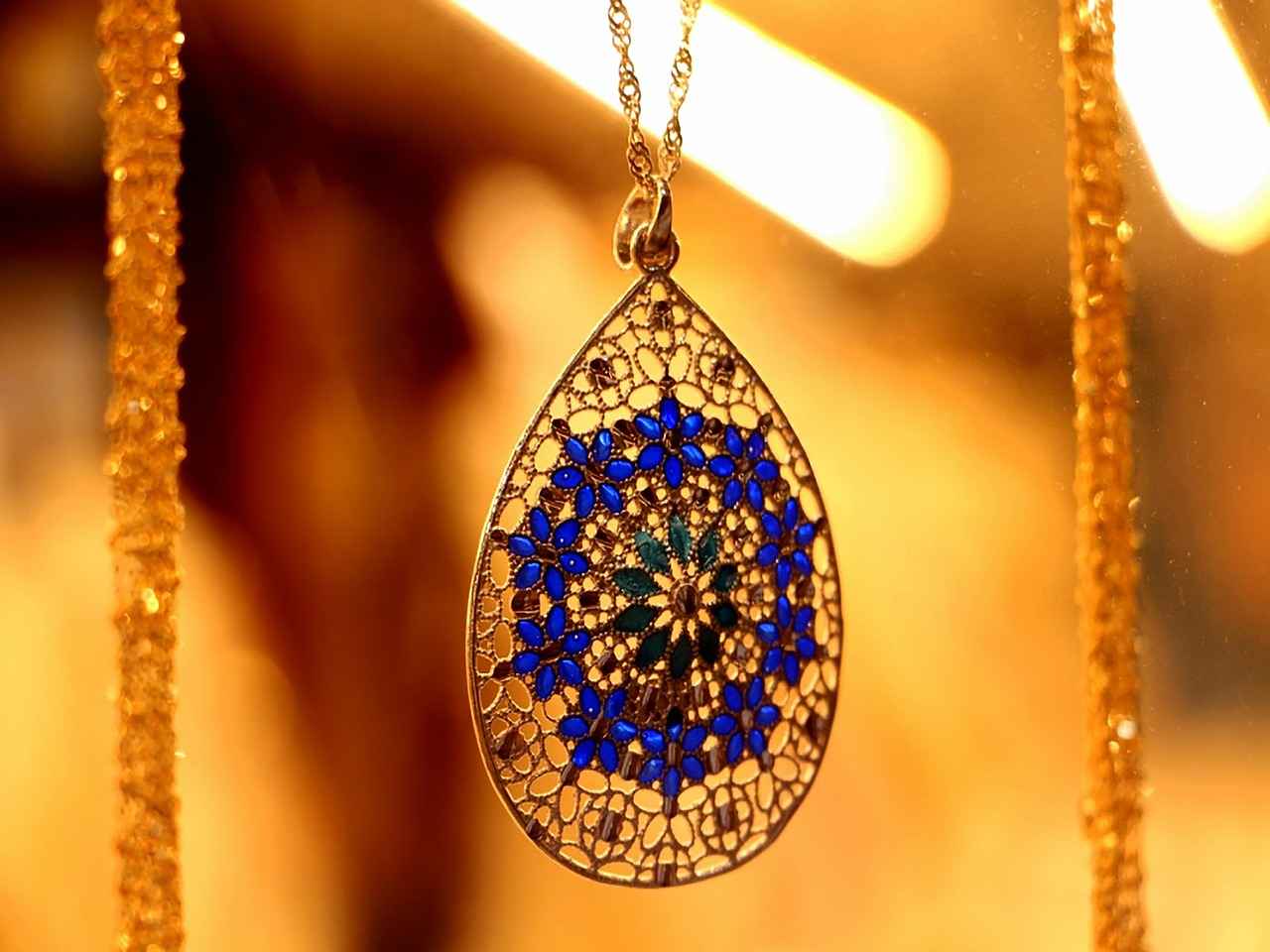
How Do Allergies Affect Your Choice Between Gold and Silver?
When it comes to selecting jewelry, many individuals overlook the impact of metal allergies. Understanding how allergies can influence your choice between gold and silver is crucial for ensuring a comfortable and enjoyable wearing experience. In this section, we will explore the hypoallergenic properties of these metals and how they can affect your jewelry choices.
Metal allergies occur when the body reacts to certain metals, leading to skin irritation or allergic reactions. The most common metal that triggers allergies is nickel, often found in various jewelry pieces. Symptoms can range from mild redness and itching to more severe reactions. Therefore, understanding the metal composition of your jewelry is essential for those with sensitive skin.
Gold jewelry, particularly in its purest form (24 karat), is considered hypoallergenic. This means it is less likely to cause allergic reactions. However, many gold pieces are alloyed with other metals to enhance their durability and strength. For example, white gold is often mixed with nickel, which can trigger allergies. Therefore, if you have a known metal allergy, it is advisable to opt for high-karat gold or gold that is labeled as nickel-free.
Silver, especially sterling silver, contains 92.5% silver and 7.5% other metals, typically copper. While sterling silver is generally safe for most people, it can still cause reactions in those sensitive to copper or other alloys. There are also options like argentium silver, which is a higher-quality silver alloy that contains less copper and is more resistant to tarnishing. This makes it a suitable choice for individuals with metal sensitivities.
- Material Composition: Always check the metal composition of the jewelry. Look for pieces labeled as hypoallergenic or made from materials like titanium, surgical stainless steel, or platinum.
- Nickel-Free Options: If you have a nickel allergy, seek out gold and silver options that specifically state they are nickel-free.
- Quality Certifications: Look for jewelry that comes with quality certifications, ensuring the metals used are safe and of high quality.
If you suspect you have a metal allergy, consider conducting a patch test. Apply a small piece of the metal to your skin for 48 hours and monitor for any reactions. Consulting with a dermatologist can also provide insights and guidance on managing metal allergies.
Choosing the right jewelry metal is essential for those with metal allergies. By understanding the hypoallergenic properties of gold and silver, you can make informed choices that ensure both style and comfort. Always prioritize your skin’s health by selecting jewelry that aligns with your personal sensitivities.

Which Jewelry Metal Holds Its Value Better?
When it comes to investing in jewelry, the choice between gold and silver is often a pivotal one. While both metals have their unique charms and benefits, understanding their investment potential is crucial for anyone looking to make a wise purchase. This article delves into the factors that influence the value retention of gold and silver, helping you make an informed decision.
Gold has long been regarded as a safe-haven asset for investors. Its value is driven by several factors:
- Rarity: Gold is significantly rarer than silver, which contributes to its higher price.
- Global Demand: The demand for gold in various industries, including electronics and dentistry, alongside its use in jewelry, keeps its value robust.
- Inflation Hedge: Gold is often seen as a hedge against inflation, meaning its value tends to rise when the purchasing power of currency falls.
While silver is often considered less valuable than gold, it has its own unique advantages:
- Affordability: Silver is generally more accessible for new investors, making it easier to buy in larger quantities.
- Industrial Use: Silver has numerous industrial applications, particularly in technology and renewable energy, which can drive demand and, consequently, its price.
- Market Volatility: Silver prices can be more volatile than gold, which means there may be opportunities for higher returns, albeit with increased risk.
When considering value retention, gold typically outperforms silver. Historical data shows that gold prices have consistently risen over the decades, especially during economic downturns. In contrast, silver prices can fluctuate more dramatically, influenced by both market demand and industrial usage.
Before making an investment, consider the following:
- Your Investment Goals: Are you looking for long-term value retention or short-term gains?
- Market Trends: Stay informed about market conditions that can affect the prices of both gold and silver.
- Personal Preference: Your choice may also depend on your aesthetic preferences and how you plan to use the jewelry.
Ultimately, the decision to invest in gold or silver jewelry should be based on a combination of personal preference and financial strategy. Both metals offer unique benefits, but if value retention is your primary concern, gold is generally the stronger option. However, silver can still play a valuable role in a diversified jewelry investment portfolio. By understanding the characteristics and market dynamics of both metals, you can make an informed decision that aligns with your investment goals.

What Are the Latest Trends in Gold and Silver Jewelry?
In the ever-evolving world of fashion, staying updated with the latest trends in jewelry is essential for those who wish to express their individuality and style. Gold and silver jewelry are timeless choices that continue to captivate jewelry enthusiasts. Understanding the current trends in these metals can help you select pieces that not only enhance your wardrobe but also reflect your personal taste.
Fashion trends have a significant impact on jewelry selection, influencing the styles, designs, and even the types of metals preferred by consumers. Here are some of the latest trends in gold and silver jewelry:
- Layering and Stacking: One of the most popular trends is layering multiple necklaces or stacking rings and bracelets. This style allows individuals to mix and match different metals, creating a unique and personalized look. Whether it’s delicate gold chains paired with bold silver pieces or vice versa, layering adds depth to any outfit.
- Minimalist Designs: The minimalist trend continues to dominate the jewelry scene. Simple, clean lines and understated designs in both gold and silver appeal to those who prefer a more subtle approach. These pieces can be worn daily and easily transition from casual to formal settings.
- Bold Statement Pieces: On the other end of the spectrum, bold, chunky jewelry is making a comeback. Statement earrings, oversized rings, and thick bangles in gold or silver can elevate even the simplest outfits, making them a great choice for those who want to stand out.
- Mixed Metals: The trend of mixing gold and silver is gaining traction. Wearing both metals together creates a modern, eclectic look that is both stylish and versatile. This approach allows for greater creativity in accessorizing and can complement various outfits.
- Sustainable and Ethical Jewelry: As awareness of environmental issues grows, many consumers are seeking sustainable options. Jewelry made from recycled materials or ethically sourced metals is becoming increasingly popular. This trend not only supports eco-friendly practices but also appeals to those who value transparency in their purchases.
Staying informed about these trends can help you make informed decisions when adding to your jewelry collection. Whether you prefer the classic elegance of gold or the contemporary appeal of silver, there are countless options available that can suit any style.
When selecting jewelry, consider your personal style, lifestyle, and the occasions for which you are buying. Here are some tips to help you choose pieces that resonate with you:
- Assess Your Wardrobe: Take a look at your current clothing collection. Identifying the colors and styles you wear most frequently can guide you in selecting jewelry that complements your outfits.
- Consider Your Skin Tone: Gold tends to look best on warmer skin tones, while silver often complements cooler skin tones. Understanding your undertones can help you choose the metal that enhances your natural beauty.
- Evaluate Your Lifestyle: If you lead an active lifestyle, consider choosing durable pieces that can withstand daily wear. Gold jewelry, particularly higher karat options, is often more resistant to tarnishing and scratching.
By keeping these trends and tips in mind, you can curate a jewelry collection that not only reflects current fashion but also your unique style. Whether you opt for gold, silver, or a mix of both, the right pieces can elevate your look and express your individuality.
Frequently Asked Questions
- What is the main difference between gold and silver jewelry?
Gold and silver jewelry differ in terms of color, durability, and value. Gold, with its warm hues, is often more durable and hypoallergenic, while silver boasts a bright, shiny finish but can tarnish over time.
- Is gold jewelry worth the investment?
Absolutely! Gold tends to hold its value better than silver due to its rarity and demand. Investing in gold jewelry can be a smart choice for both personal enjoyment and financial security.
- Can I wear silver jewelry every day?
Yes, you can wear silver jewelry daily! Just keep in mind that it may require more maintenance to prevent tarnishing compared to gold. Regular cleaning can keep your silver shining bright!
- Are there hypoallergenic options for silver jewelry?
Yes! Look for sterling silver or silver that is nickel-free to minimize the risk of allergic reactions. Many brands offer hypoallergenic options for sensitive skin.
- What are the current trends in gold and silver jewelry?
Trends fluctuate, but layering different pieces, mixing metals, and opting for unique designs are popular right now. Stay updated to find pieces that resonate with your personal style!

